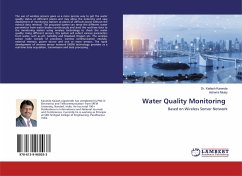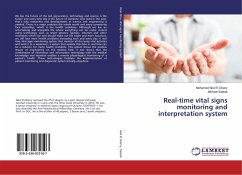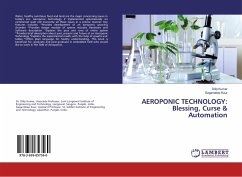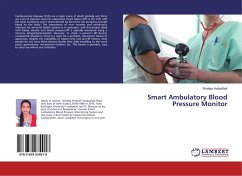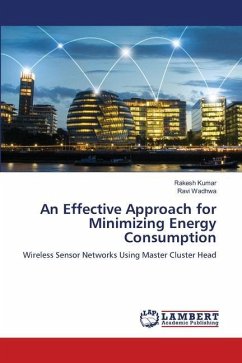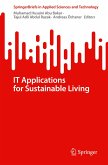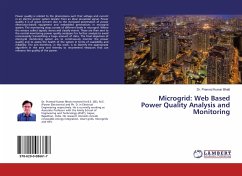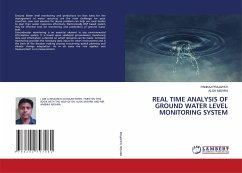The use of wireless sensors gives us a more precise way to get the water quality status at different places and may allow the enduring and easy deployment of monitoring stations at places of difficult access without the manual data retrieval. The proposed system can sense the different water parameters from water bodies continuously and send the real-time data to the monitoring station using wireless technology to check the water quality. Using different sensors, this system will collect various parameters from water, such as pH, turbidity and Dissolved Oxygen etc. The wireless sensor node consists of processor, wireless communication module, external memory, power source and one or more sensors. The rapid development of wireless sensor network (WSN) technology provides us a real-time data acquisition, transmission and data processing.
Bitte wählen Sie Ihr Anliegen aus.
Rechnungen
Retourenschein anfordern
Bestellstatus
Storno

